A to Z HIGHLIGHTS OF DERBY AND DISTRICT - PART 8
The A to Z – highlights of Derby and District is a 19-part series and will be published weekly.
Intu (Derbion) – Little Eaton Railway
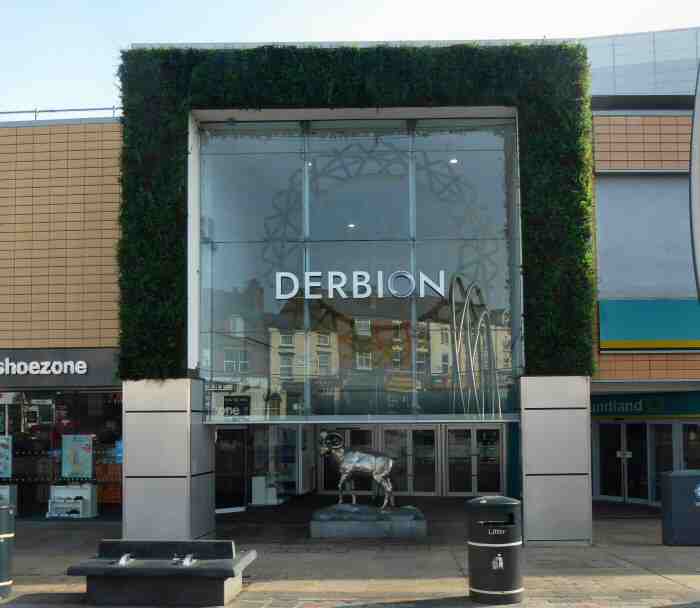
INTU (DERBION)
Three years after work started on the new Westfield Derby (now Derbion), previously known as the Eagle Centre. It opened its doors to the public on 9 October 2007. The prestigious centre, with sleek floor-to-ceiling glass fronts, changing mood lighting and the logos of top shops visible from every angle, was an instant success with most shoppers.
IRON GATE
In 1869 Iron Gate was widened, by the demolition of the shops and inns on the eastern side of the street. Rebuilt over 20 years. It remains one of the principal streets in Derby with a mix of quality shops, cafes and restaurants, and personal and professional services. This was reinforced in 2016 when the Cathedral Quarter won the prestigious Great British High Street award.
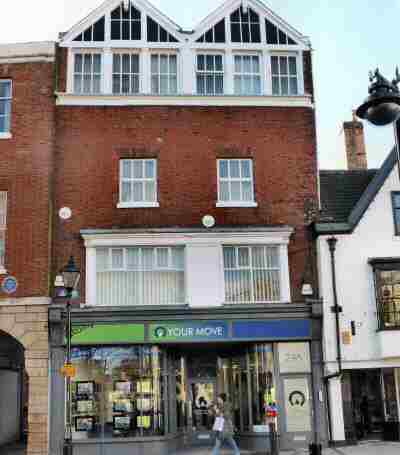
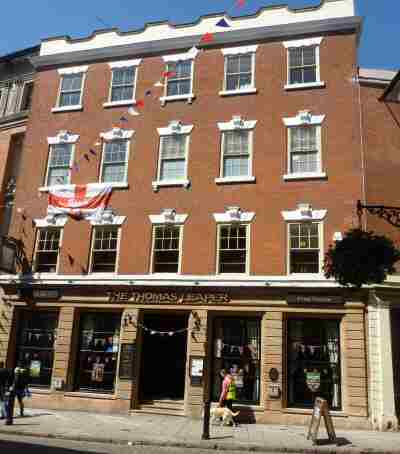
IRON GATE – NUMBER TWENTY-FOUR
Twenty-four Iron Gate was the home from 1737, of John Whitehurst, the well-known horologer, scientist and philosopher. He was one of the foremost scientists of his day and a founder member of the Lunar Society. It is as a clockmaker and engineer that he is best known, his innovations included the round dial longcase clock. The premises later served as a photographer’s studio for Richard Keene.
IRON GATE HOUSE
Iron Gate House was built by Samuel Crompton in the early 18th century. His father founded Derby’s first bank in 1685. The ground floor was used as the family bank until 1880. When another bank, the Crompton and Evans Bank was built next door, following the acquisition of the Talbot Inn. It is now the John Leaper public house.
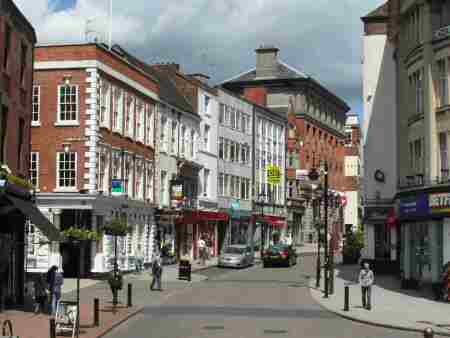
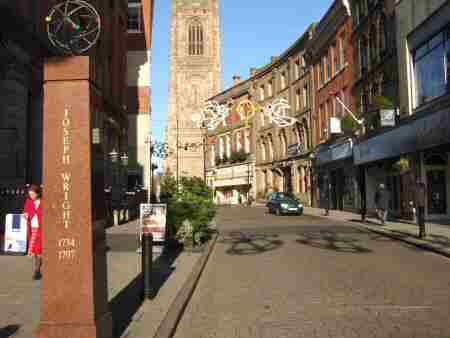

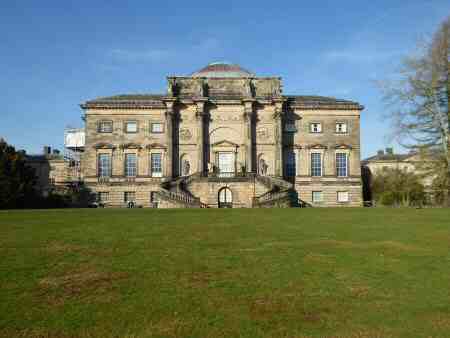
JACOBEAN HOUSE
The finest Jacobean House in Derby stands in the Wardwick, it was most probably built-in 1611. Once much larger it had five gables until 1855 when it was sympathetically reduced in size to make way for Becket Street. It is still a magnificent decorative building, despite being much diminished in size. Built of red brick it was the first of its kind in Derby.
KEDLESTON HALL
The present house was built for Nathaniel Curzon, the 1st Lord of Scarsdale, whose family has lived at Kedleston, since the 12th Century. Sir Nathaniel Curzon was an enthusiastic art collector. In 1759 he decided the house was not big enough to display his paintings and other treasures, so he set about making plans for its replacement. He appointed Matthew Brettingham, who drew up plans for a central block linked by corridors to two separate wings. Brettingham began building the northeast wing as the family home but was then replaced by James Paine. He, in turn, was succeeded by the much younger Robert Adam who was more adventurous with his designs. This is evidenced when comparing the grand, but slightly dull north front with the livelier south front. The house passed into National Trust ownership in 1987, but the Curzon family still occupy a wing.
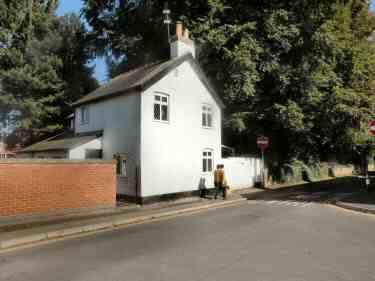

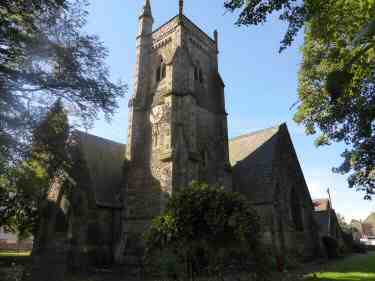
KIRK LANGLEY
There was a church in Kirk Langley by 1218. The present church, St Michael’s, dates from around 1320 and has been considerably altered since then. The village hall is owned by the church and plays an essential part in community life. Originally it acted as the village school with an annexe added for the headmaster’s residence. The school is now located in Moor Lane.
LITTLE CHESTER
The housing boom in Little Chester, Derby’s first suburb, took off in the 1890s. When houses were erected in a semi-crescent formation, along Chester Green Road. They were built to a good standard, with long back gardens running down to the Great Northern Railway line. The Romans established a large fortified settlement at Little Chester, which they named Derventio.
LITTLE CHESTER – ST PAUL’S CHURCH
By the mid-1800s the population of Little Chester had grown considerably to over 500 people. To meet a growing need St Paul’s Church was built and is now a Grade II listed building along with the War Memorial, which is classed as an ancient monument. A heritage centre was set up at the church in 2001.
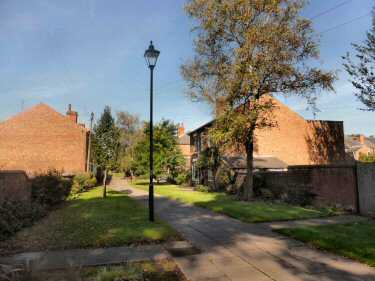
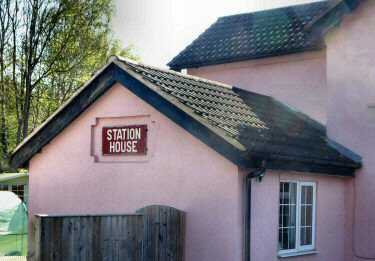
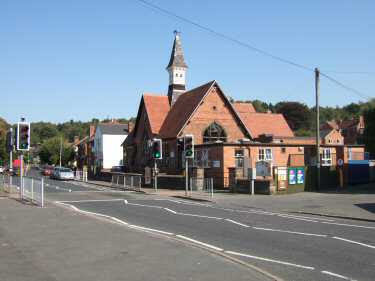
LITTLE CHESTER – MARCUS STREET
In 1968, following the removal of the railway embankment, some of the remains of the Roman settlement of Derventio were revealed. Two wells were discovered and the one at the end of Marcus Street the Local Authority decided should be preserved, together with several postholes which had also been discovered.
LITTLE EATON
Little Eaton has expanded rapidly in recent years as a commuter village but still does retain a measure of independence with shops, public houses and a primary school. The village’s industrial past goes back a long way. There was a working corn mill in the village in the 13th century. Quarrying was one of the earliest industries and the opening of the canal encouraged business.
LITTLE EATON – RAILWAY
Benjamin Outram laid one of the earliest railways in the world, which ran from Little Eaton to the collieries at Kilburn and Denby. In the early 1900s, Little Eaton was popular for excursions from Derby at weekends and public holidays. The Trent bus service ran a shuttle service to the annual fair at Easter and was known to have carried as many as 12,000 people in one day.
